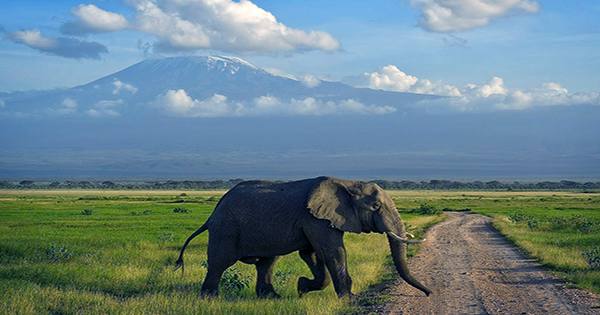A new study published in the journal Diversity describes what could happen to new mammals found in Kenya’s Taita Mountains. Mourning from the University of Helsinki, The team of scientists related to the tree hyrax’s has revealed the insights of animals that were previously unknown to science and with their bizarre and unique voice recordings that can be heard in contrast to any other known species. The tree hyrax (Dendrohyrax sp) is a difficult animal to describe. Sitting somewhere between a large guinea pig and a small-eared rabbit, they are famous for their screaming power (very on-brand for 2020) and can drop 100 decibels when left loose.
This new species has been voiced by researchers using what it describes as “suffocation”, which can be heard again in the vicinity of the Taita forest but not recorded anywhere else. Despite their presence, hyrax has some surprisingly close living relatives, as they are actually very closely related to elephants.
Very little is known about the diversity and ecology of these elusive animals. They are active most of the night, where they roam the forest in tree canopies. Here, they practice their unique singing style that can last for more than 12 minutes, which can be created by combining multiple syllables that are mixed and repeated throughout their song. New species of hyrax were discovered because analysis of their songs proved that they seemed very distinct from other singing species.
PhD student Hanna Rosti, who spent three months tracking and recording the hyraxes, said in an email to IFLScience, “Tree hyraxes are almost completely unknown to science.” “They are relatives of elephants and manatees. The hyraxes of this tree are incredibly vocal, and in constant contact with each other.” “The mystery is how they can climb a 50-meter tall tree with only three fingers and a very round body. They eat leaves, so their ecological niche is similar to Australian koalas or South American dormitories.”
Scientists still have a lot to learn about these elusive and unusual animals, but their protection as a species has already become a concern for Rosti and his colleagues. “The hyraxes of this tree live in two small forest pieces, which are only about three square kilometers in size,” he wrote. “This means that the conservation of this species, including scientific recognition, is in a hurry.”
















